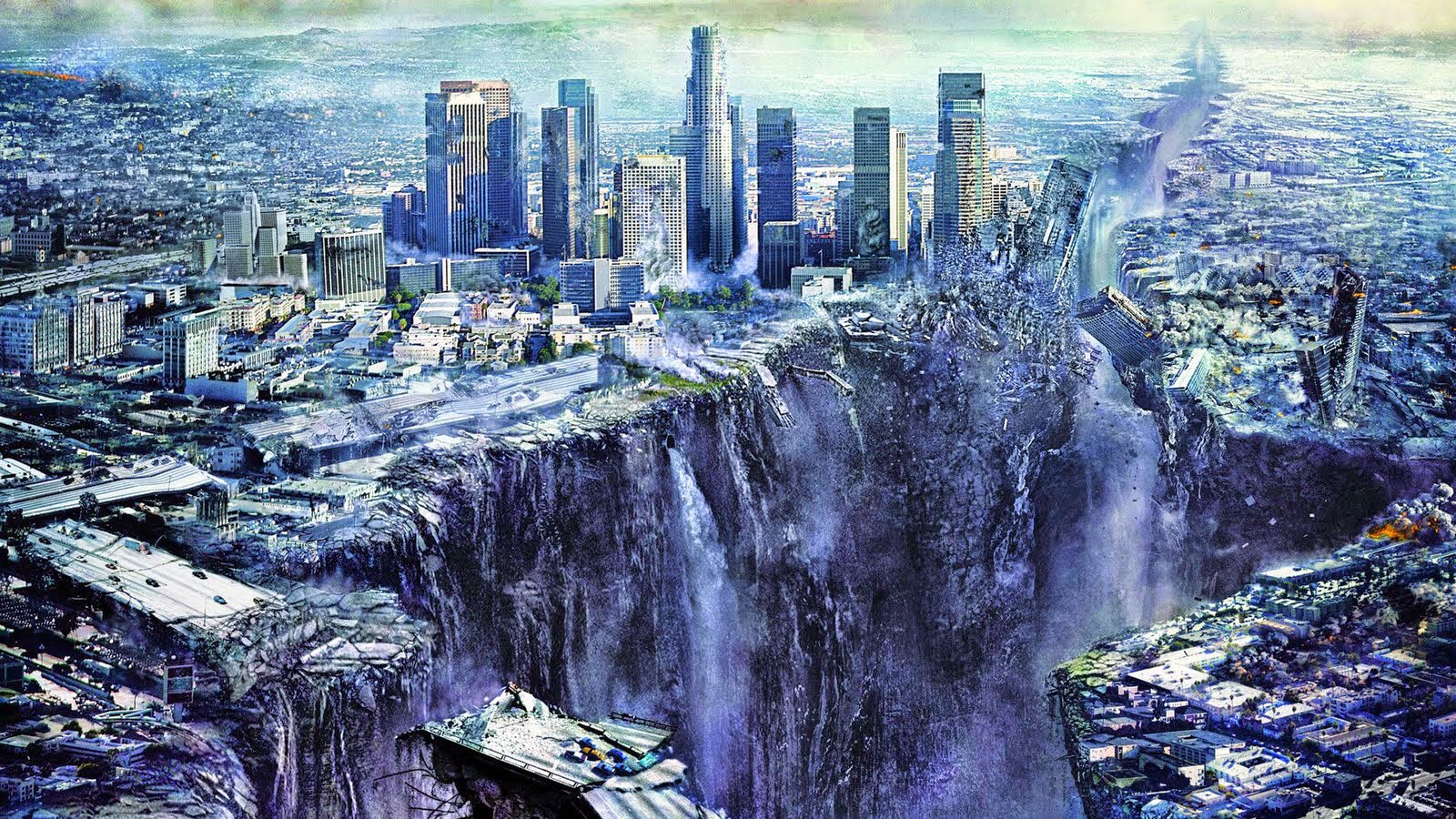 Is It Time to Move Our Cities? | The Tyee
Is It Time to Move Our Cities? | The TyeeThe end of this wretched summer will go unlamented by all North Americans: raging wildfires from B.C. to California, no fewer than three catastrophic hurricanes (so far), and two disastrous earthquakes in southern and central Mexico.
Having grown up in Mexico City when it was a sleepy pueblo of just three million under clear blue skies, I’ve taken its latest earthquake very personally. I went through a couple of minor quakes there, and a big one in July 1957. Even then, everyone knew the Valley of Mexico was a terrible place to build even a pueblo, let alone a huge national capital.
Much of the valley used to be a lake, and the Aztec capital Tenochtitlán was built on islands in it. The conquering Spaniards drained the lake looking for treasure (no luck), and then built a new city on the lake bed. The water kept seeping back. I recall a huge excavation across the street from our house, the intended foundation of a large building; it was a vast rectangular lake, supporting billions of mosquitos.
Downtown, the Palace of Fine Arts had been started circa 1910; it sank into the lake bed, and wasn’t finished until the 1930s. In the 1950s, you had to go down a long flight of stairs from street level to enter it.
Mexico City’s spongy soil, like the Fraser Delta’s, tends to liquefy in severe earthquakes. That made the quakes of 1957 and 1985 notably bad, and led to tougher building codes. But corruption, like love, will always find a way, and almost 50 buildings collapsed in the Sept. 19 quake. Hundreds more will have to be abandoned and demolished.
The quake brought out the very best in the Mexican national character, with neighbours struggling to rescue neighbours. But it’s been a struggle they should not have had to make.
Move Mexico City?
That thought sank in with me when I read a comment on a New York Times report about the quake. The commenter was Jonathan Katz, who was a reporter in Port-au-Prince when the 2010 Haitian earthquake hit, and who stayed on to report the cholera outbreak. He also wrote a superb book about the disasters and our response, which only made them worse.
Katz suggested that the government: “... gradually move Mexico City to somewhere else in Mexico. Mexico City sits on a dried lake bed, terrible seismically because it amplifies earth movements. Buildings also settle (in some cases by a whole storey) and it's in a basin that traps air pollution. Plan a new city on a ridge (good bedrock, fresh breezes) not too far away, and gradually move government offices there. The rest of the city will follow, especially if new building in the old Mexico City is forbidden by zoning.
“Costa Rica did something like this after Cartago was largely destroyed by an earthquake. The capital is now San Jose.”
That’s not the only example Katz could have cited. The capital of colonial Guatemala, now known as Antigua, suffered repeated earthquakes until the capital was moved to what is now Guatemala City. Brazil moved its capital in the early 1960s from Rio de Janeiro to Brasilia simply to move both population and national attention away from the coast and into the country’s vast interior. For that matter, Washington, D.C. was a politically chosen capital for the U.S., as was Ottawa.
So Katz’s idea isn’t entirely farfetched. Granted, 21.3 million Mexico City residents aren’t likely to pack up their belongings and move next week. But that population has grown sevenfold since the 1950s because the city was where the money and jobs were. Move the money and jobs elsewhere, and the people will follow.
Megathrust quakes and tsunamis
Those of us on the coasts of North America might start seriously thinking about relocation as well — especially here in B.C. We have focused most of our population in the southwest corner of the province. That’s like most of the population of California, Oregon, Idaho and Washington state choosing to live in San Diego. Our choice has put us at risk of earthquakes, tsunamis, wildfires and floods.
We might therefore begin to think where to house ourselves (and likely millions of refugees from the south) in places that would be somewhat safer and more sustainable.
It wouldn’t be easy. Geologically, our whole province is a multi-vehicle crash site of ancient island chains piled up against the Rocky Mountains. We’ll always have earthquakes, large and small.
But we might find some good sites in the Cariboo or Chilcotin. By “mining” our existing coastal cities, we could build new cities relatively cheaply before the coasts go under water. Dams on the Fraser, Skeena and other rivers could preserve glacier meltwater otherwise lost to the rising sea. Genetic engineering could help develop new forests resistant to drought, fire and beetles.
It may seem like a bizarre proposal, but history and prehistory are full of civilizations that stayed put and disappeared, like the Mound Builders of the American Middle West. Over 3,000 years ago, a flourishing civilization in the eastern Mediterranean collapsed under the impact of climate change and invasions.
Other societies moved and changed. The Maya recurrently abandoned their great cities (and their overlords) and went back to small-village farming when serious drought ruined the corn harvests. In New Mexico, the “great house” civilization of the Anasazi deserted its old sites in an 11th-century drought and built a new society — after a dark age of violence and starvation.
We know why those civilizations changed or died, but if we think we’re somehow smarter than they were, we’re the greater fools. We should try to learn from their fate, and act accordingly. Whatever the short-term cost, we might just manage to survive the worst time in humanity’s 300,000-year history. That time has already begun. [Tyee]
No comments:
Post a Comment